Tour The Belfast Peace Walls – The Black Cab Tour
The Belfast Peace Walls, known as The Belfast Peace Lines, separate catholic and protestant communities in Northern Islands Belfast. The purpose of the walls was to curb the violence steamed from the outbreak of civil unrest during the riots of 1969. The riots led to a thirty-year conflict known as the Troubles and reflect the civil rights campaign to end discrimination against Catholics and Irish nationalists.
Touring The Peace Walls is a stark reminder of Belfast’s violent struggles, the loss of life, and a reminder that the communities are still divided.
Anyone that visits Belfast should consider the journey through history to learn about one of the most devastating religiously fueled wars that are often under-reported globally and seldom taught in history classes aside from England and Ireland.
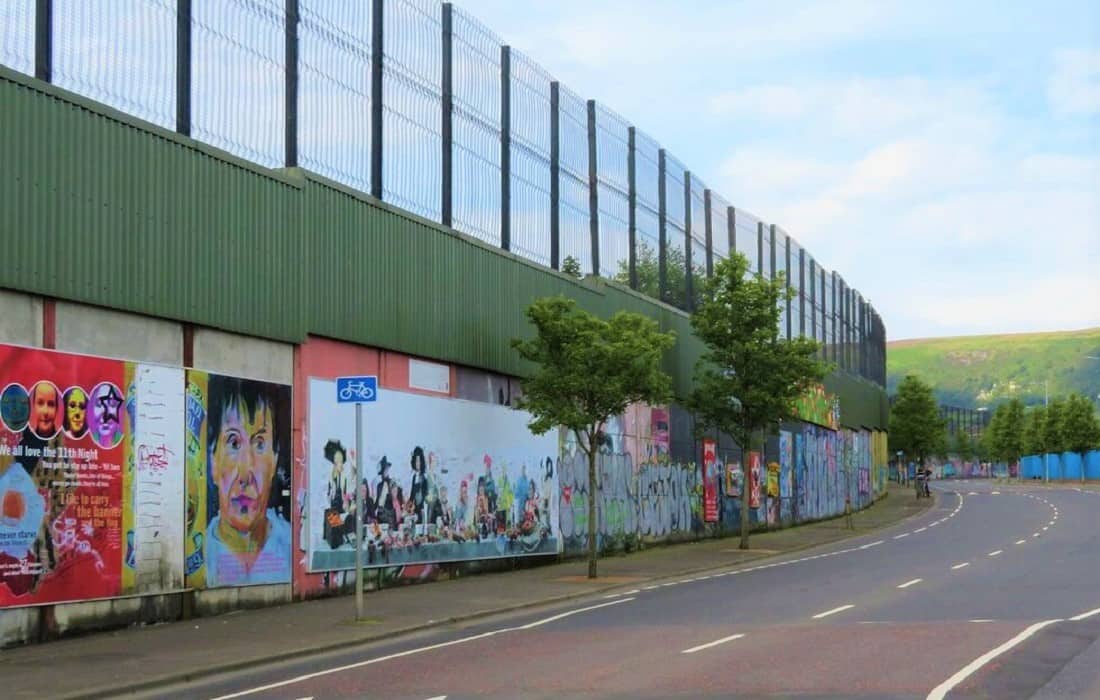
This post may contain affiliate links. Please read our disclosure and privacy policy for more information.
Belfast Irelands’ History
Belfast Ireland, or is it Belfast England? A debate stems from the English King Henry VIII’s takeover of Ireland in 1541. Fast forward to modern-day times. The 1919-21 Anglo-Irish War led to the Irish Free State Constitution Act 1922. The Free State Act essentially allowed Northern Ireland to “opt” out and remain a part of England.
Ultimately, Northern Ireland chose to remain part of England, with many Protestants ruling the land. The English, all Protestant, the Irish Catholics, led to racism, discrimination, and point-blank outing of the minority Catholics from their native homeland. No matter what you read on the topic, this is a fact. Catholics were and still are discriminated against in Northern Ireland, although the Protestants are no longer the majority, and times are changing.
The aftermath of the Irish Free State Constitution Act 1922 led to The Troubles of Belfast. The constitutional status of Northern Ireland continues to be a pain point for all Unionists and Nationalists.
Loyalist or Unionist means supporter of Britain, Nationalist means a supporter of an Independent Ireland.
Belfast, Ireland’s Troubles
I am always stunned that many people do not know what occurred in Ireland from 1960 onwards. Or that most people do not know about the Northern Ireland conflict or what ultimately fueled it.
The Troubles are a standard part of the English school curriculum. Not just history; it was current news in England at the time. The IRA set off many bombs on England’s mainland. The bombings were always on the news and typically presented from a Loyalist perspective. Don’t get me wrong; I don’t condone the violence on either side. I’m merely stating that this is not a one-sided story by any means.
Interestingly, bombing and fighting are not the norms years later, and the British Army is long gone. The communities in the inner city still have walls that are designed to segregate communities. Houses still have metal cages that protect them from the potential of homemade petrol bombs.
To comprehend this, you need to see it with your own eyes.
Where The Streets Have No Names
The significance of the Irish rock band U2’s “Where the Streets Have No Name” is that Bono wrote the lyrics in response to the notion that it is possible to identify a person’s religion and income based on the street they lived in. This was in direct reference to Belfast.
Another hit by U2, Bloody Sunday, gets its name from The Bogside Massacre, aka “Bloody Sunday.” On January 30th, 1972, a terrible incident occurred when British soldiers shot 28 unarmed civilians during a protest march against internment – imprisonment without trial. Of the 28, 14 died.
Touring The Belfast Peace Walls
Taking a tour of the Belfast Peace Walls is now a thing or a tourist attraction of sorts. Much as it is, a tour is much more than a photo opportunity or a check-off-the-list activity. It’s a profoundly moving tribute to both sides. While the walls are there for protection and to divide communities, they now pay respect to the causes, the people who died, and the injustice.
Murals cover the peace walls, as do many signatures of famous people who have visited. Dark as it is, sad as it is, the tour is something that all should consider understanding the depths of what happened in Northern Ireland.
Booking A Tour of The The Belfast Peace Walls
Here are several tour options you can book:
The Black Cab Tour of Belfast, Ireland
When we did this tour, it was 100% underground. I had to find a cabby that specialized in touring the estates. Today, you can book a similar tour via any online operator.
I can’t begin to describe how exciting it was to arrange this tour with just emails and phone numbers! Of course, it was ridiculously dramatic once we made it to Belfast because none of our phones worked. Finding a payphone was like looking for a needle in a haystack, and we begged a hotel to let us use their phone. Once we contacted our tour guide, we were all set. Off we went in a traditional black cab.
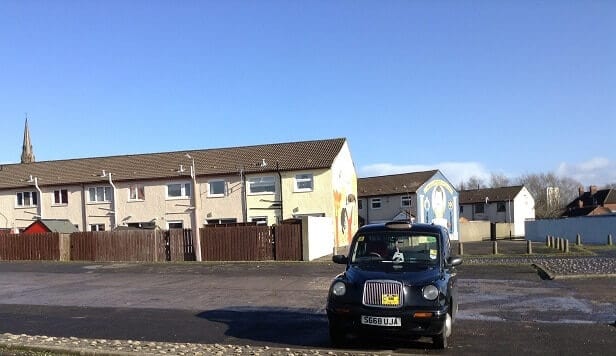
How long is the Belfast black cab tour?
Tours typically take two hours; however, you can book a more extended time.
What can be seen on the Belfast black cab tour?
You will see the murals of Falls Road, the Peace Wall, Shankill Road, and Crumlin Road Gaol, and there’s an optional drive past the Titanic Belfast too.
Are black taxis running in Belfast?
Yes, there are several tour operators, and they all run all year long.
Bombay Street
On August 15th, 1969, Bombay Street was burned to the ground by a Loyalist mob. This street is an unmarked dividing line between the Nationalist Clonard Area and the Loyalist Shankill Area.
If your heart is beating, seeing the walls and metal racks that protect houses will impact you. It’s a sad sight that will move you. Regardless of any political or religious affiliation, you can feel and smell the travesties that have taken place here.
The Peace Walls
There are at least 97 of them throughout Belfast, separating suburbs. Initially intended to be temporary, they still stand covered in fantastic artwork. The most famous and longest one is the one that surrounds Bombay Street – the area around Falls Road and Shankill Road. Some peace walls have gates, and four of them are actively closed at 6 pm every night for safety. I will never forget seeing this. The war ended over 20 years ago, and yet communities are still enclosed behind these peace walls. One other point worth mentioning. By most accounts, the locals do not support removing the barriers.
Here is an example of a gate that gets closed nightly:
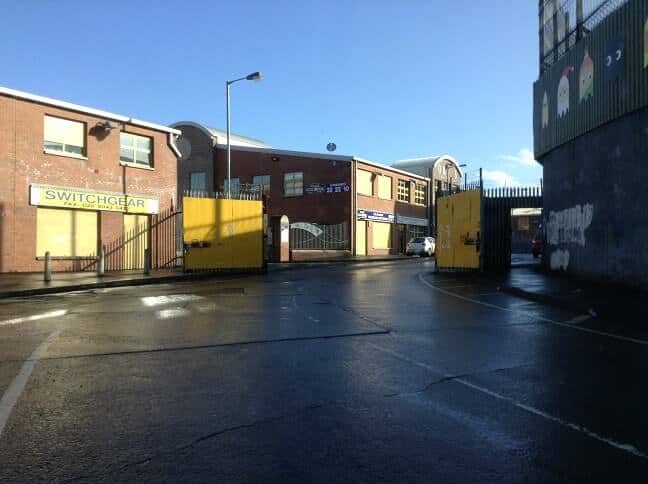
Notice the double stacking and height of the wall. During the Troubles, the walls grew in stature, with additions being added on top of the existing structures:
Loyalist Murals
This mural is of King William. Still Celebrated in Belfast. On July 12th, there is the Orange Parade, followed by bonfires. It’s a highly controversial event. It celebrates the victory of Protestant King William of Orange over Catholic King James II at the Battle of the Boyne (1690).
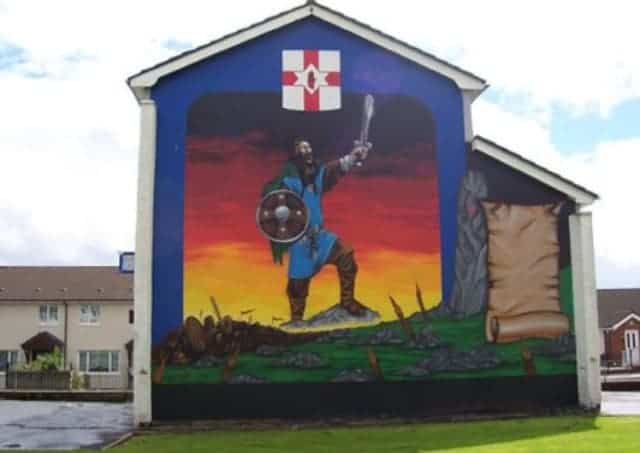
Nationalist Murals
Bobby Sands
Hopefully, this man requires no introduction. Bobby Sands was a Nationalist who joined the IRA. He’s famous for his role in the 1981 Irish hunger strikes. Sands died on May 5th, 1981, after 66 days on a hunger strike, aged 27. A hero to all Nationalists.
Here is Bobby Sands Mural:
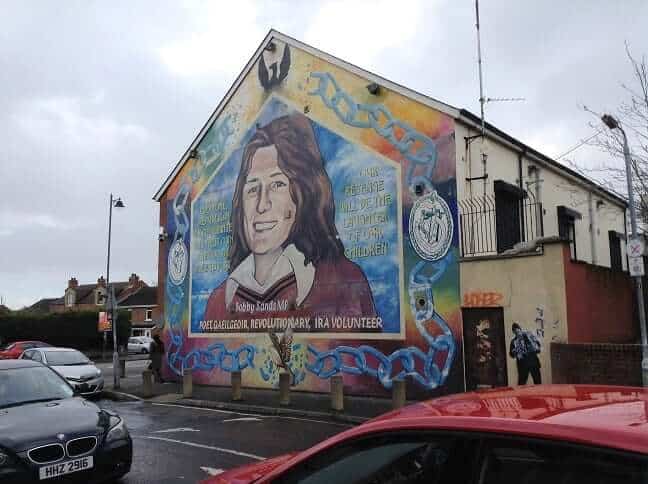
Getting To Belfast Ireland
You can fly directly into Belfast on many airlines from Europe. Most Americans aren’t flying directly to Belfast. I live in Orlando, and there aren’t any direct flights. Given this, I would still fly to Dublin and then drive up. It’s more popular and cheaper to fly to Dublin, Shannon, or Limerick and see Southern Ireland. And most people don’t have Northern Ireland on their list of things to see.
So how do you make it to Northern Ireland if you have flown to Southern Ireland? You drive! Now, let me be candid here. The north and south are two different countries; one is Irish, and one is English. Car rentals in Southern Ireland have specific clauses that state that you can not take the car to Northern Ireland. Ignore this and proceed on. The GPS will crap out once you hit the border. Don’t panic; you will be fine; use google maps.
FAQs
Are there still peace walls in Belfast?
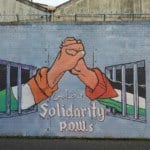
Yes, at least 40 of them throughout Belfast, separating suburbs. In West Belfast, the most prominent of the peace walls can be found between The Falls Road and Shankill Road. Additionally, there are peace walls in North Belfast, East Belfast, Portadown, and Derry.
Why are there murals on the walls of houses in Belfast?

Northern Ireland’s murals have become symbols of the region’s political and religious divisions, both past and present. Europe’s most famous political murals can be found in Belfast and Derry. The number of murals documented since the 1970s is believed to be almost 2,000.
The most famous ones are The Falls Road and Shankill Road. However, you will see them all over suburbs throughout Belfast and the inner city.
How many peace walls are there in Belfast?

There are 97 peace lines and related structures like gates and closed roads.
Where are the Catholic areas in Belfast?
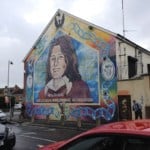
West Belfast, the Falls Rd area, would have the heaviest concentration of Catholics. There are many other areas, but these are most well known.
Are there no-go areas in Belfast?
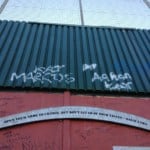
Belfast’s main areas to avoid at night are the Shankill and Falls roads (West Belfast), Tiger’s Bay, New Lodge, and Ardoyne (in North Belfast), as well as Short Strand in East Belfast. However, they are completely safe during the day.
What You Need to Know
- Traveling to Belfast is 100% safe – don’t get lured in by the hype.
- All people of Belfast are delightful agnostic to religious or political beliefs.
- Driving across the border is a breeze, with no border control.
- Belfast today is part of England. This means different laws, different customs, etc.
- Given that Northern Ireland is English, the currency is pounds, not the euro used in Southern Ireland.
- If you tour the estates where the murals exist, you will be safe, but now it’s also heart-wrenching.
- Respect the locals and don’t discuss religion or politics. It isn’t polite.
- You will see offensive things. For example, we saw lots of derogatory graffiti, tons of disgusting verbiage on gas station bathroom walls, and loads of provocative politics in the newspapers. Stark reminds us that while the violence has died, the issues remain painful.
- The Titanic launched its one and the only voyage from Belfast’s port! We did not have enough time to check out the museum, but we will next time we visit.
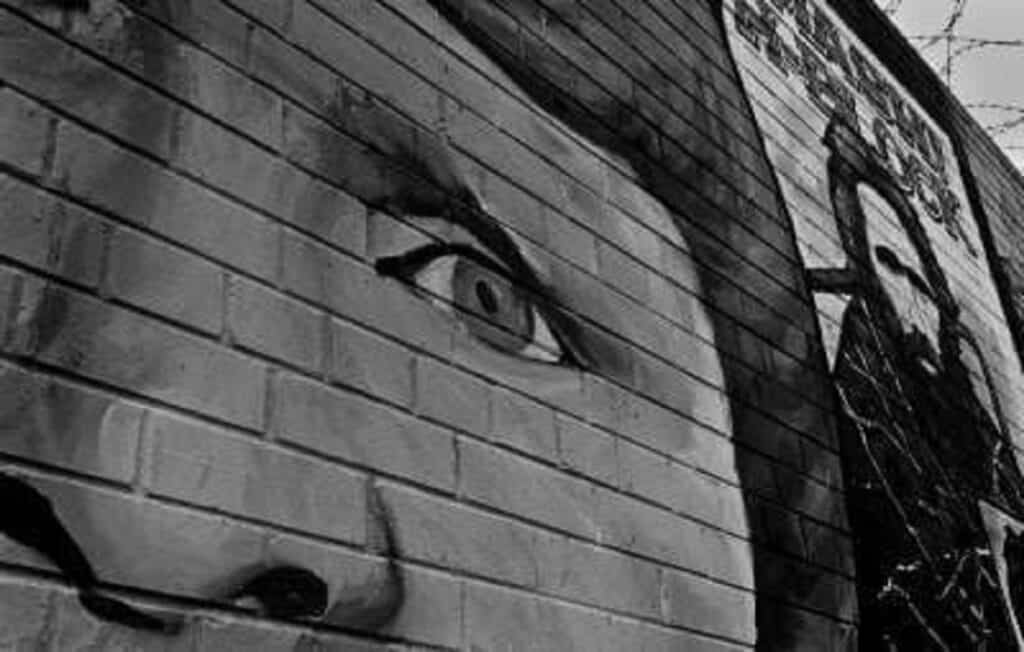
Closing Thoughts
We only spent a day in Belfast and immediately fell in love with the city. It’s a place that everyone should experience firsthand. Everyone should see the walls that still stand and divide this historical city. Everyone should understand what happened in Belfast, Ireland, what shapes the culture today, and why there was so much conflict. Taking a tour through Belfast is as good of classical education as you can get! Finally, the next time you listen to U2, you will appreciate the lyrics’ real meaning.
Looking for more historical posts? Start here:
- Detroit Buildings – The Abandoned Ones in Pictures
- The Dome Houses of Cape Romano – Marco Island, Florida
- The Howey Mansion – Florida
We participate in the Amazon Services LLC Associates Program, an affiliate advertising program designed to provide a means for us to earn fees by linking to Amazon.com and affiliated sites.
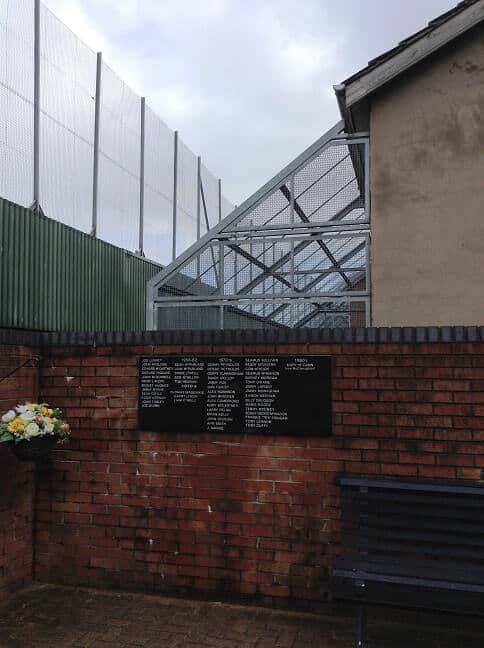
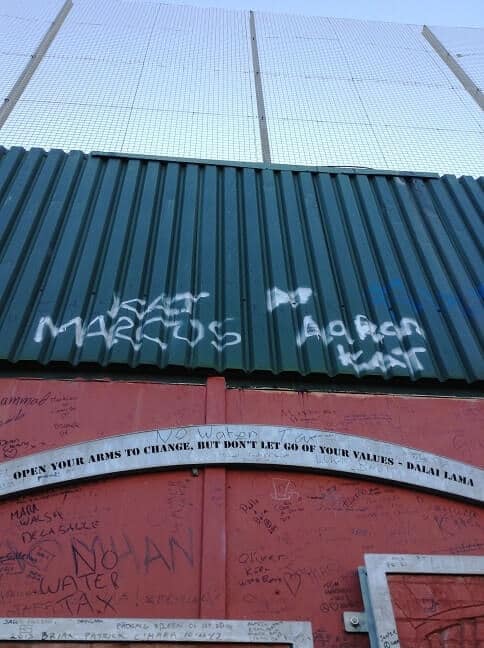
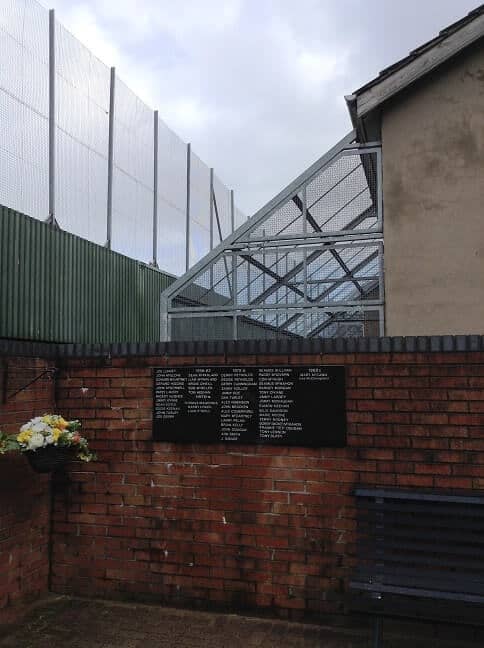
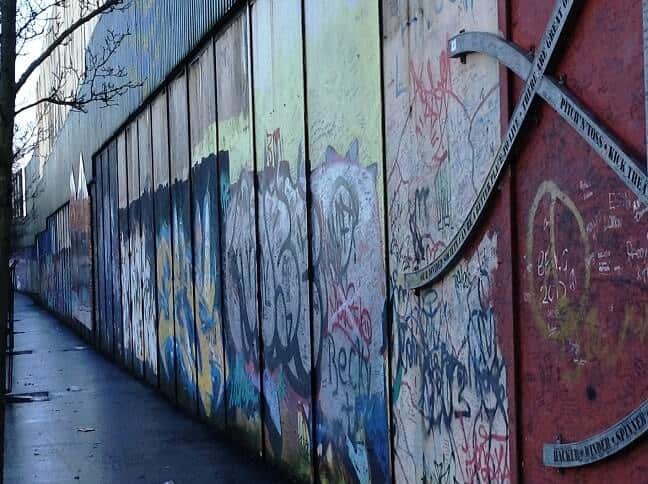
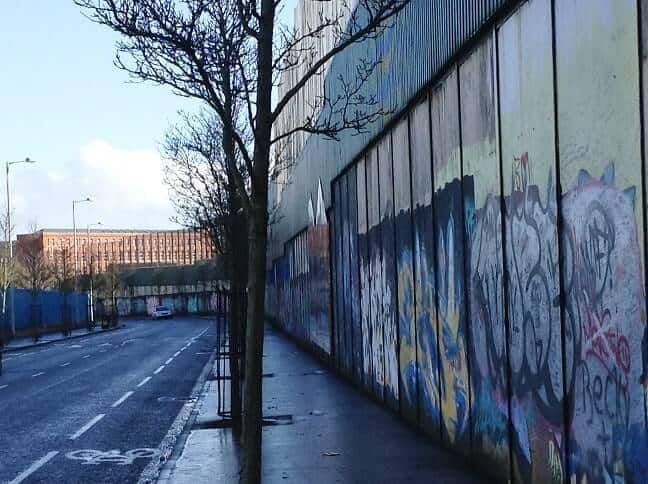
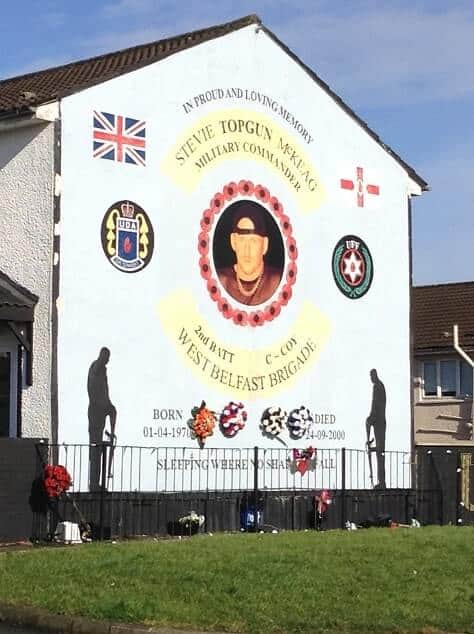

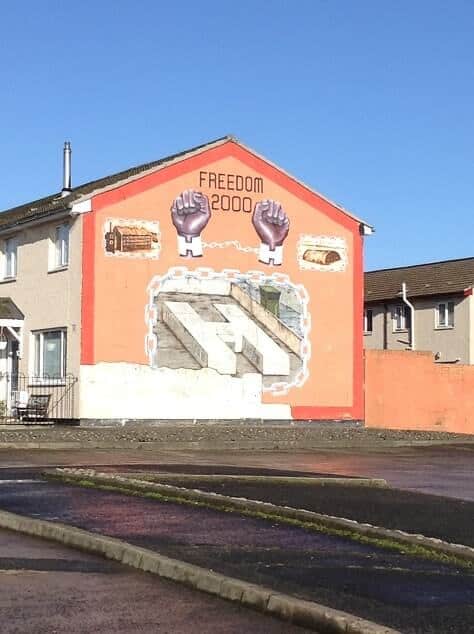
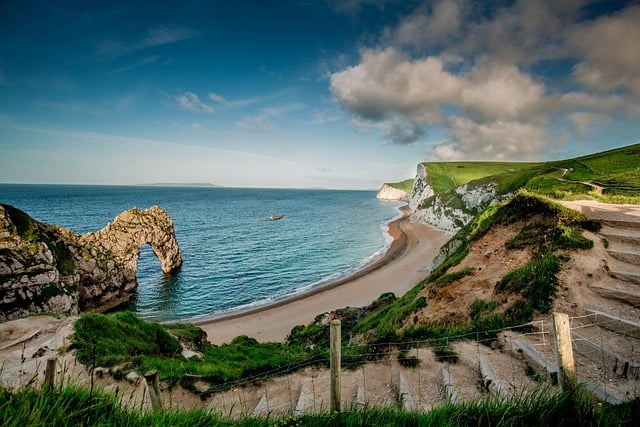
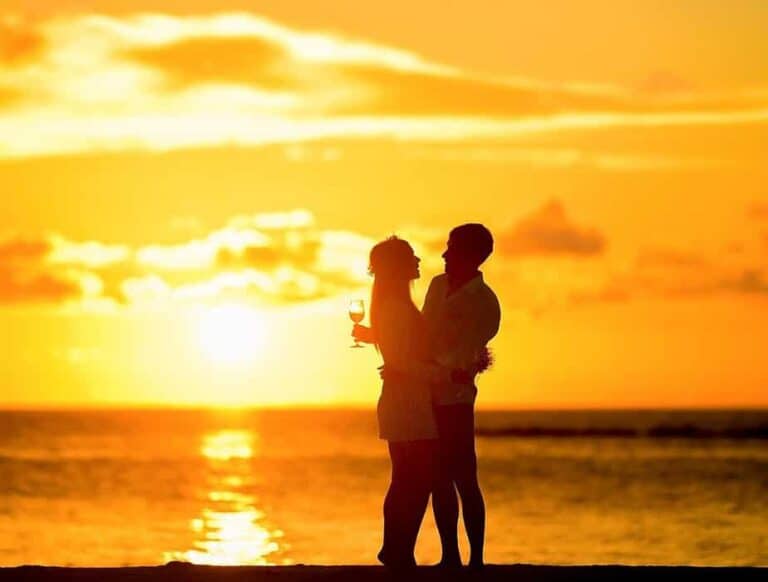
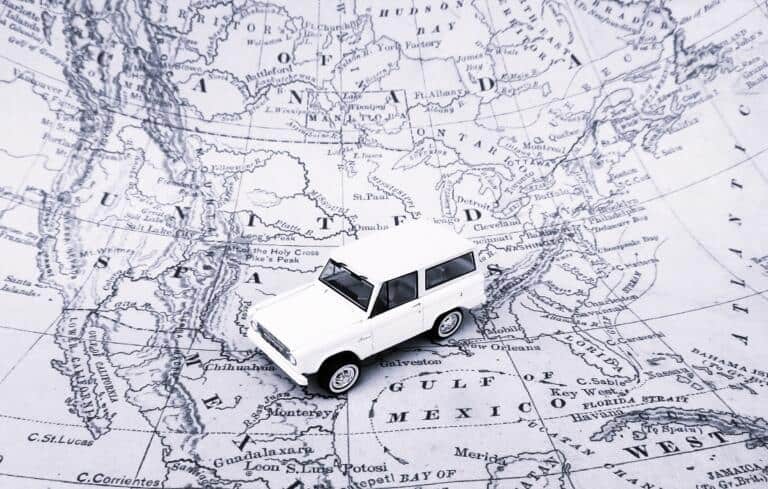
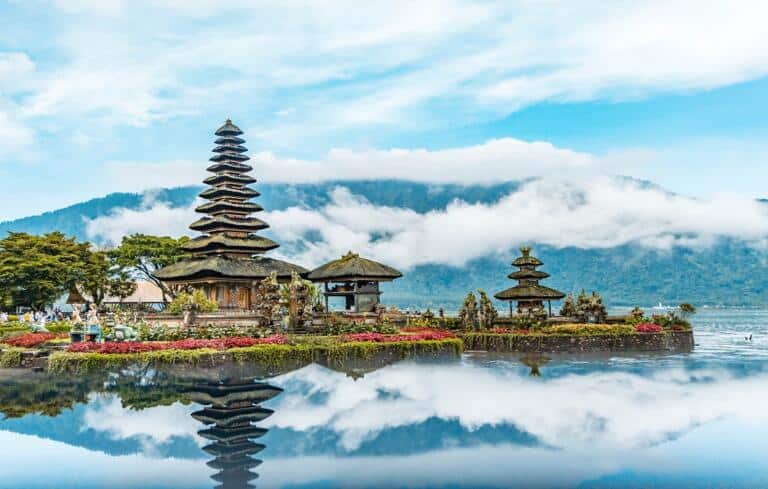
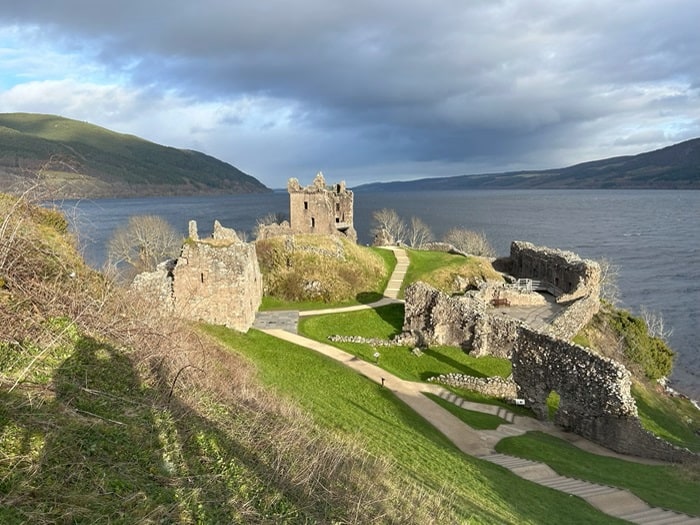

I was not knowing anything about Belfast history and also about Belfast England or Belfast Ireland. Good to find your post as it is very interesting to know about Belfast. I never knew that so much issues were there in between Catholics and Protestants and also some part of Ireland wanted to join England and some part wanted to remain independent. IIt is interesting to know that Loyalist or Unionist means supporter of Britain, Nationalist means a supporter of an Independent Ireland. Belafast Peace Walls looks great and also those colorful murals on it. Sometimes I love nationalist murals and here I can see there are so many.
Oh, if you like murals this is the place for you – you could spend a few days looking at them :) Nikki
Fantastic and well researched guide. The Troubles are a hard thing for most people (myself included) to wrap their head around…a 30 conflict that needed a wall to quell the violence seems nuts for recent times. My husband and I went to Belfast and took the Black Taxi Tour which was incredible but this guide would have helpful to dig deeper. I would agree we felt totally safe in Belfast and would highly recommend this eye opening experience.
Hi there,
Glad you got to take the tour, it’s a must in Belfast. If for nothing else to understand the history. PS, super happy that you too found it safe. Belfast has gotten a bad rap…. Nikki
This is really an interesting read. Growing up in Asia, I never learned about Ireland in school, but I do remember reading or seeing about IRA, Northern and Southern Ireland, IRA bombing in London, etc. from the newspapers and television. The gates look scary and I couldn’t imagine how life was behind the walls. I guess for both sides. Now I want to read one of your book recommendation to learn more about Ireland. So many questions popped up in my head, such as is there two countries in Ireland, 2 presidents (or prime minister), etc.
I am with you…. every time I update the post I end up reading more and more. And, yes there are two presidents (Ugh) and two currencies. Ireland is on the Euro and Northern Island on the Pound. It’s totally bonkers :) Nikki
The Belfast Peace Lines, which separate catholic and protestant communities in Northern Islands Belfast, is on my list for a long time. The city has an extraordinarily turbulent and exciting story that you present in a very accessible way. It’s excellent work—a very informative post. I would love to photograph all those fabulous murals because I love street art.
I love street art too and art with history is a bonus – you will love it :) Nikki
Hey Brit, thank you for this! I am going to Belfast to visit my sister. We’re trying to book this but there are only weekend spots available. Would you know how to get weekday tickets? Is it possible? I’m only visiting her for 3 days (Monday-Wednesday) and we really want to do this! Hoping to hear your tips! Thanks again!
Hi there,
I would contact the guide we used directly – he will take you through the week:) If that does not work let me know because I do know some others that will take you through the week:) Nikki
Thanks for sharing this travel guide around Belfast. We are planning to visit my husband’s extended family in the UK probably in two years’ time, and we would love to explore the nearby towns and country. Belfast will be on my list because of your guide!
I hope you get to see Belfast :) Nikki
I didn’t know about the U2 songs that referenced this piece of history. I did come across some brief parts of this period in my history books but never as detailed as this. Thanks for sharing and hope I get to visit someday.
Hi there,
Most don’t seem to know about the U2 songs but now you do:) I hope you get to visit. Nikki
I went to school in England and I don’t remember covering a lot on the troubles in Ireland. From memory, we were only given an overview in school. I knew about the U2 songs because it gets mentioned on the radio sometimes. I’m also aware there are still some disturbances, particularly around the time of the Orange Parade because it’s on the news sometimes. I also have friends from Northern Ireland and Southern Ireland and they tell me there are still issues. Thankfully, it’s not as violent as it was historically.
I went to school in the UK as well. We had to read Across The Barriers and a few other books that all centered around The Troubles. And, growing up the IRA bombings in London were fairly often. I learned about it early on but never realized the extent of it until I visited. Yes, sadly I’ve heard that there are still issues. The locals implied and I’ve seen several articles in recent years indicating that tension still exists. Such a shame :) I am glad you knew about the U2 songs, I think most of us Brit’s and Irish know. For example Bloody Sunday… heartbreaking… Nikki
The Belfast Peace Walls looks so great. I would love to photograph these historic places. I like how you described the civil unrest and the riots of 1969. It’s such an informative post! Belfast is still on my bucket list. I hope to visit it soon, and I will use your guide and tips!
Hi, I am glad you enjoyed it. There is so much history in Belfast. It’s also where the Titanic left from:) Loads to see… Nikki
I find these walls so interesting… a piece of history still functioning 20 years later. I wonder why most of the locals don’t support the removal of the wall? Also, I had no idea about the U2 songs in relation to Belfast! What a cool fact that adds so much depth of meaning to those lyrics. Thank you for sharing!
Hi Chloe,
Yes, this is really something to see… So from what I have read and what I learned over there, the locals do not want the walls to come down. Here’s a recent article on it: https://www.irishtimes.com/news/politics/why-belfast-residents-want-to-keep-their-peace-walls-1.3987423 . When I was there I got the sense that while the violence has died down there is still bad blood between Catholics and Protestants. I don’t know this as fact, it was implied in a roundabout way and specifically to the inner city populations. Also, Catholics are not a minority anymore and they are not discriminated against as severely as they were. This said if I had to guess the issues will never be resolved until Northern Island is reunited with Ireland. And, if it ever is I would suspect it would re-surface violence. You really should go if you get a chance, it’s sad and fascinating at the same time. Nikki
I love Ireland and it’s amazing people ^_^ I’ll be there in 2 weeks, can’t wait for it
P.S. Great post!
Hi there,
I love Ireland too… can’t wait to go back. Enjoy your trip:) Nikki